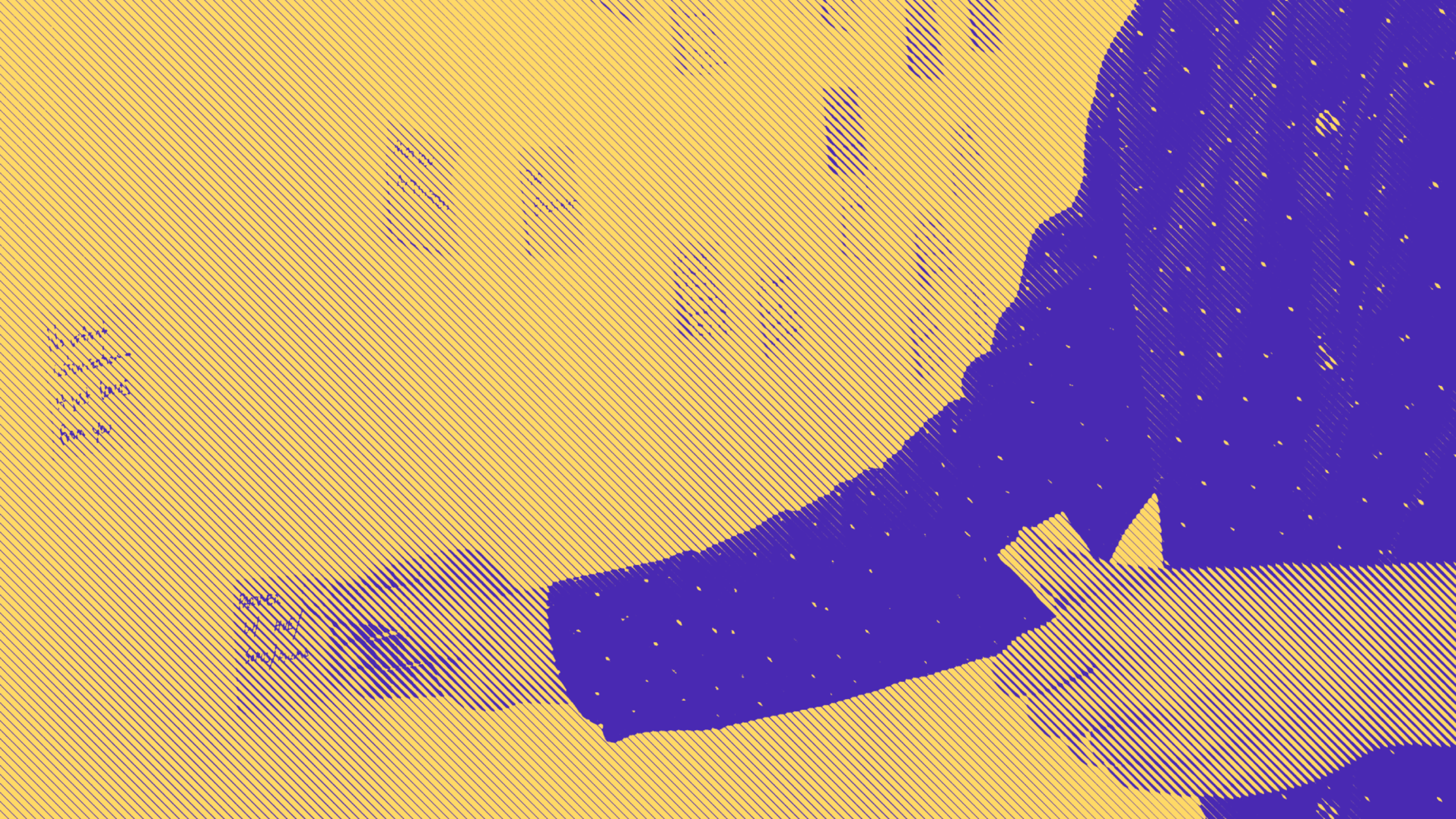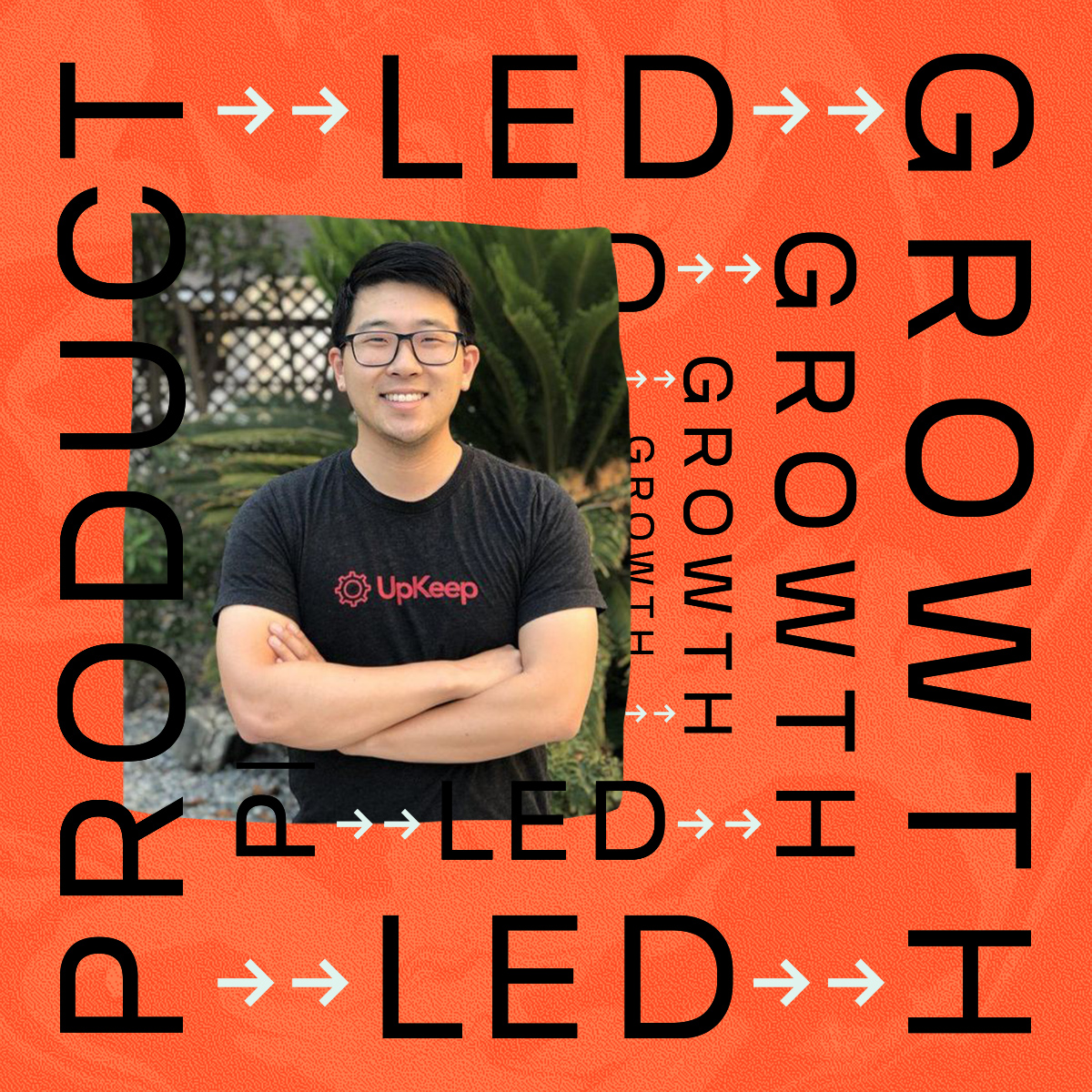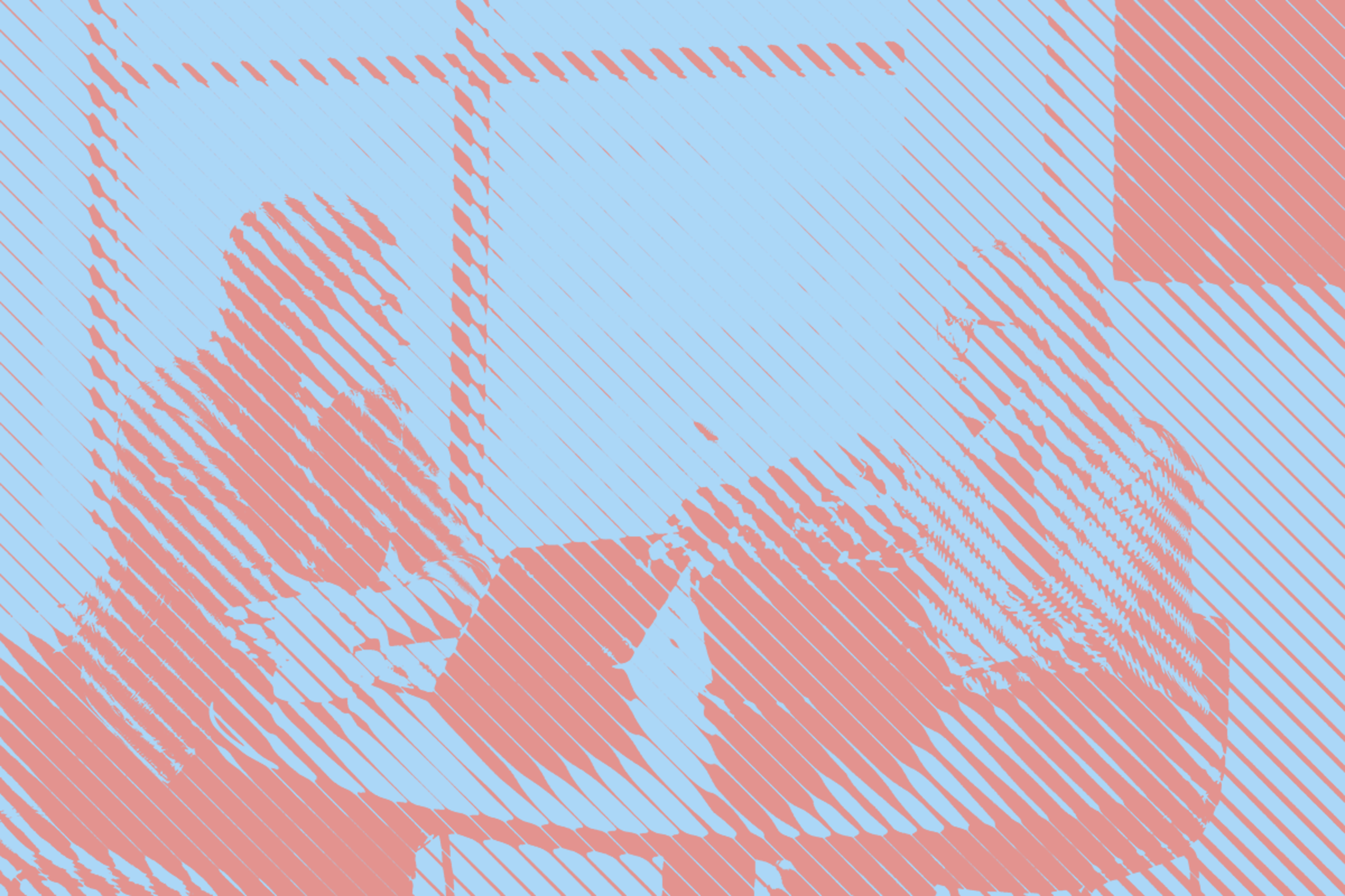
Product Led Growth: Being Product-Led in a Highly Specialized Industry

In the final episode of our product-led growth series, we are featuring Ryan Chan of UpKeep. Often when we hear people talk about product-led growth they talk about it using examples focused primarily on the B2B tech space. Ryan offers a different perspective.
Upkeep’s mission is to empower maintenance workers to be more productive through the adoption of cloud-based technology. Instead of letting others’ notions around product-led growth drive his decisions, Ryan debunks the myths surrounding it sharing why it has been the right strategy for UpKeep.
Join us next week as we wrap up this series and kick off a new one: How to Learn Product. It’s a topic going unaddressed as there are no roadmaps or degrees for creating, designing, or building a better product. As always, we invite you to join our growing product community to access exclusive resources: https://betterproduct.community/.



